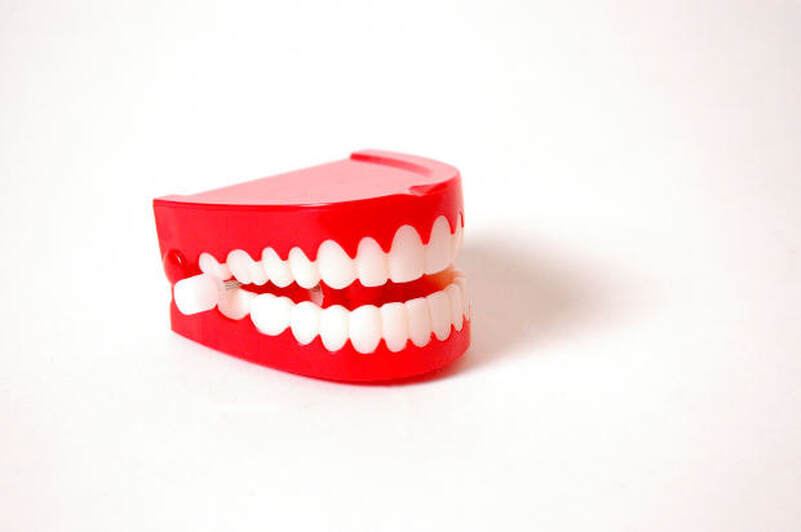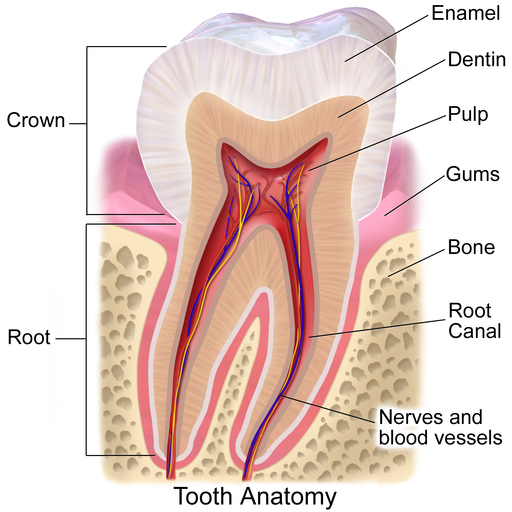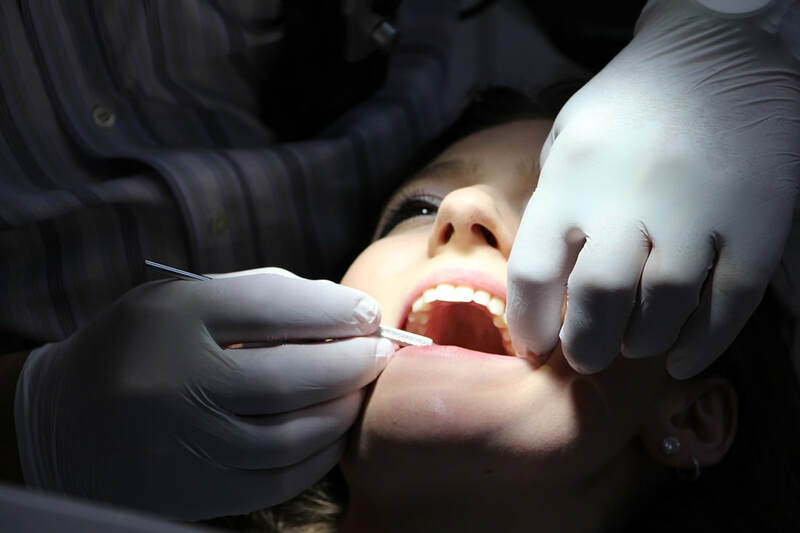Effects of OTC Teeth-Whitening Products
Americans spend $1.4 billion to purchase non-prescription, at-home teeth whitening kits each year. Because of the desire for pearly white teeth, there is a strong demand for convenient at-home whitening treatments. It is important to evaluate the effects of these products, considering that two common complaints following tooth-whitening treatments are gum irritation and overall sensitivity of the oral cavity.
Recently, faculty at the University College London Eastman Dental Institute conducted an in-vitro study that aimed to evaluate the health of dental cells using carbamide peroxide (CP) teeth-whitening treatments. Carbamide peroxide is a common teeth-whitening agent and is a water-soluble, white crystalline solid compound. In this study, the researchers collected a total of 64 intact human premolars and third molars that were extracted for orthodontic reasons from patients ranging from ages 14–21. The researchers first measured the effect of CP on dental cell health by analyzing the weight ratio between enamel and protein. Enamel, which is the most mineralized tissue in the human body, was measured in this experiment because it protects the inner layers of teeth against bacteria, plaque, and other substances that can decrease tooth health. Thirty teeth were randomly assigned to one control and two treatment groups. In the treatment groups, the teeth were exposed to a low (5%) or high (16%) concentration of CP for four hours a day for two weeks. In the control group, the teeth stayed in artificial saliva for the same time period.
Recently, faculty at the University College London Eastman Dental Institute conducted an in-vitro study that aimed to evaluate the health of dental cells using carbamide peroxide (CP) teeth-whitening treatments. Carbamide peroxide is a common teeth-whitening agent and is a water-soluble, white crystalline solid compound. In this study, the researchers collected a total of 64 intact human premolars and third molars that were extracted for orthodontic reasons from patients ranging from ages 14–21. The researchers first measured the effect of CP on dental cell health by analyzing the weight ratio between enamel and protein. Enamel, which is the most mineralized tissue in the human body, was measured in this experiment because it protects the inner layers of teeth against bacteria, plaque, and other substances that can decrease tooth health. Thirty teeth were randomly assigned to one control and two treatment groups. In the treatment groups, the teeth were exposed to a low (5%) or high (16%) concentration of CP for four hours a day for two weeks. In the control group, the teeth stayed in artificial saliva for the same time period.
Researchers found that the low 5% CP concentration was enough to alter enamel protein. CP was reported to cause mineral dissolution, which led to erosion of tooth surface and increased enamel porosity. As increased porosity leads to less protection by enamel, this can make the teeth more vulnerable to decay.
Additionally, the researchers used the remaining 34 teeth to study the impact of CP on human dental pulp stem cells (HDPSCs) survivability. The teeth were cut into sections to collect dentin disc samples to use for analysis. The dentin discs were randomly assigned to be exposed to either 5%, 10%, or 35% CP gel to imitate the exposure of HDPSCs to whitening treatments, or to a control group that used artificial saliva. To determine HDPSC survivability and the ratio of live to dead cells (using blue staining techniques), the discs were exposed to the respective CP concentrations for up to four hours.
For HDPSCs, researchers observed an exponential decrease in the number of live cells remaining for all three treatment groups. Remarkably, after two hours of exposure to the gel, researchers recorded over 95% cell death. The results of this study demonstrate the harmful effects of CP exposure to dental cells that result in cell death when CP is used at high concentrations. Previous studies also support these findings that teeth-whitening products can drastically change enamel, which explains the molecular basis behind commonly reported problems after whitening treatments. Further studies should adopt an in-vivo tooth model in order to fully analyze the impacts of CP on dental health.
Overall, although avid at-home teeth whitening may result in an aesthetic smile, it is crucial to consider whether the superficial effects outweigh the long-lasting repercussions of poor dental health. Despite the endless whitening products marketed towards consumers, the public has the right to be made aware of the products’ potential impact on their oral health.
Additionally, the researchers used the remaining 34 teeth to study the impact of CP on human dental pulp stem cells (HDPSCs) survivability. The teeth were cut into sections to collect dentin disc samples to use for analysis. The dentin discs were randomly assigned to be exposed to either 5%, 10%, or 35% CP gel to imitate the exposure of HDPSCs to whitening treatments, or to a control group that used artificial saliva. To determine HDPSC survivability and the ratio of live to dead cells (using blue staining techniques), the discs were exposed to the respective CP concentrations for up to four hours.
For HDPSCs, researchers observed an exponential decrease in the number of live cells remaining for all three treatment groups. Remarkably, after two hours of exposure to the gel, researchers recorded over 95% cell death. The results of this study demonstrate the harmful effects of CP exposure to dental cells that result in cell death when CP is used at high concentrations. Previous studies also support these findings that teeth-whitening products can drastically change enamel, which explains the molecular basis behind commonly reported problems after whitening treatments. Further studies should adopt an in-vivo tooth model in order to fully analyze the impacts of CP on dental health.
Overall, although avid at-home teeth whitening may result in an aesthetic smile, it is crucial to consider whether the superficial effects outweigh the long-lasting repercussions of poor dental health. Despite the endless whitening products marketed towards consumers, the public has the right to be made aware of the products’ potential impact on their oral health.
Featured Image Source: kconnors
RELATED ARTICLES
|
Vertical Divider
|
Vertical Divider
|
Vertical Divider
|






